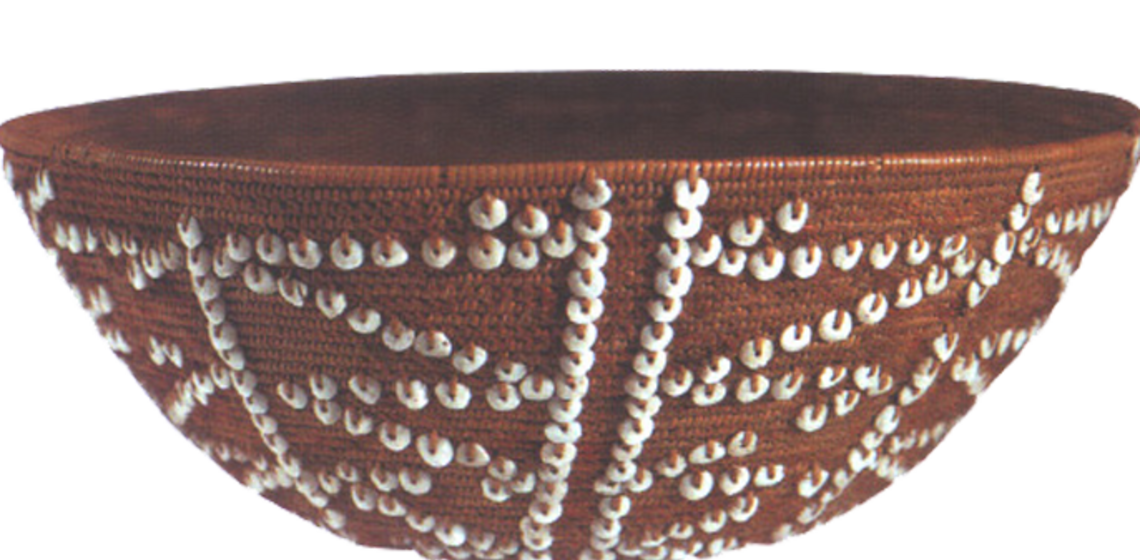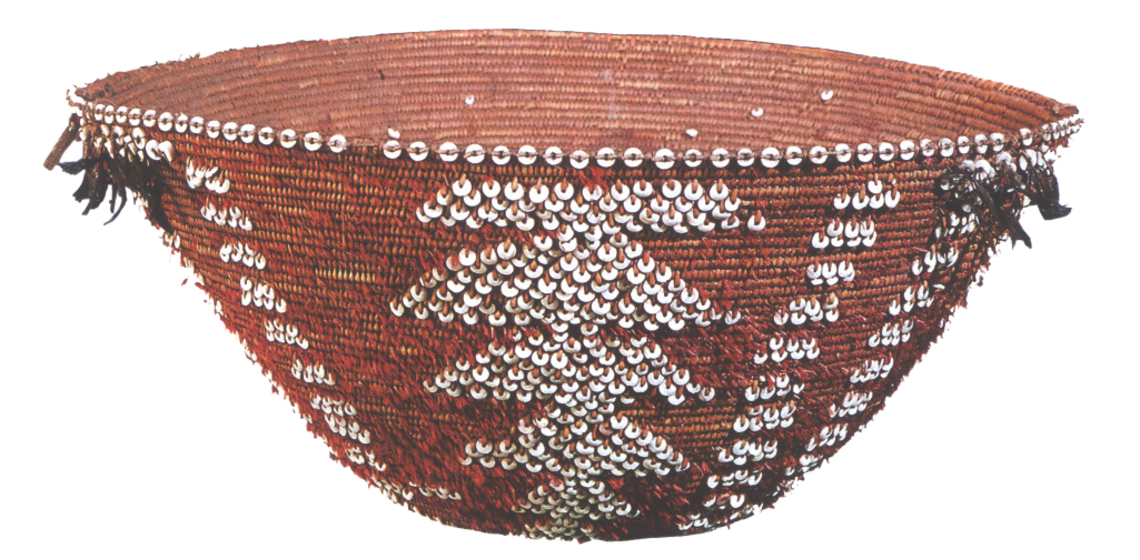horše ṭuuxi !
Native American Student Development recognizes that UC Berkeley sits on the territory of xučyun (Huichin), the ancestral and unceded land of the Chochenyo speaking Ohlone people, the successors of the sovereign Verona Band of Alameda County. This land was and continues to be of great importance to the Muwekma Ohlone Tribe and other familial descendants of the Verona Band.
We recognize that every member of the Berkeley community has benefitted, and continues to benefit, from the use and occupation of this land since the institution’s founding in 1868. Consistent with our values of community, inclusion and diversity, we have a responsibility to acknowledge and make visible the university’s relationship to Native peoples. As members of the Berkeley community, it is vitally important that we not only recognize the history of the land on which we stand, but also, we recognize that the Muwekma Ohlone people are alive and flourishing members of the Berkeley and broader Bay Area communities today.
This acknowledgement was co-created with the Muwekma Ohlone Tribe and Native American Student Development and is a living document.
What is xučyun (Huichin)?
xučyun (Huichin) is the home territory that Chochenyo speaking Ohlone people, it extends from what we know today as the Berkeley hills to the Bay Shore, from West Oakland to El Cerrito. The territory is composed of what we know today as five Bay Area cities - all of Alameda, Berkeley, Emeryville, El Cerrito, and most of Oakland.
Our campus extends to areas of xučyun that held a tuppentak (a traditional roundhouse), a place of celebration and ceremony, as well as a shellmound, traditional Ohlone burial sites. So as we view Berkeley as a special place, we were not the first to recognize, make our lives in, or celebrate the unique and exceptional place that we have the privilege to stand on.
Muwekma Today
Who are the Ohlone?
Ohlone is a collective of around 50 separate tribes with related languages that were collectively placed under the umbrella term: Ohlone. The Ohlone are Native American people located in the Northern California Coast, tribes inhabited areas from the coast of San Francisco through Monterey Bay to lower Salinas Valley. The Ohlone family of tribes have been living in the Bay Area for 10,000 years.
Traditional Ohlone Basketry
Ohlone coiled baskets has lavish designs of intricate diamonds and zigzags formed by Olivella Shell disc beads. Many of their baskets consist of this design, however, with different patterns.
All baketry images are sourced from Muwekma.org
Muwekma Ohlone
The present-day Muwekma Ohlone Tribe is comprised of surviving American Indian lineages aboriginal to the San Francisco Bay region who trace their ancestry through the Missions Dolores, Santa Clara, and San Jose; and who were also members of the historic Federally Recognized Verona Band of Alameda County. The homeland of the Muwekma Ohlone Tribe includes the following counties: San Francisco, San Mateo, most of Santa Clara, Alameda, Contra Costa, and portions of Napa, Santa Cruz, Solano, and San Joaquin.
The tribal governement represents more than five hundred members who are descendants of the Verona Band. The Verona Band of Mission Indians was never terminated by the US government, they were simply dropped from the rolls, and Muwekma is seeking to become a federally recognized tribe today.
Click here for the Muwekma website

Photo by Muwekma Tribe
What is Chochenyo?
Chochenyo is one of the Ohlone languages in the Utian family. It is the indigenous language to the inner East Bay. Today, the language continues to be spoken by Muwekma people. There is an active Chochenyo language learning group for the Muwekma tribe that works with UC Berkeley linguist Linne Mikkelson to ensure that it continues to thrive in future generations.















